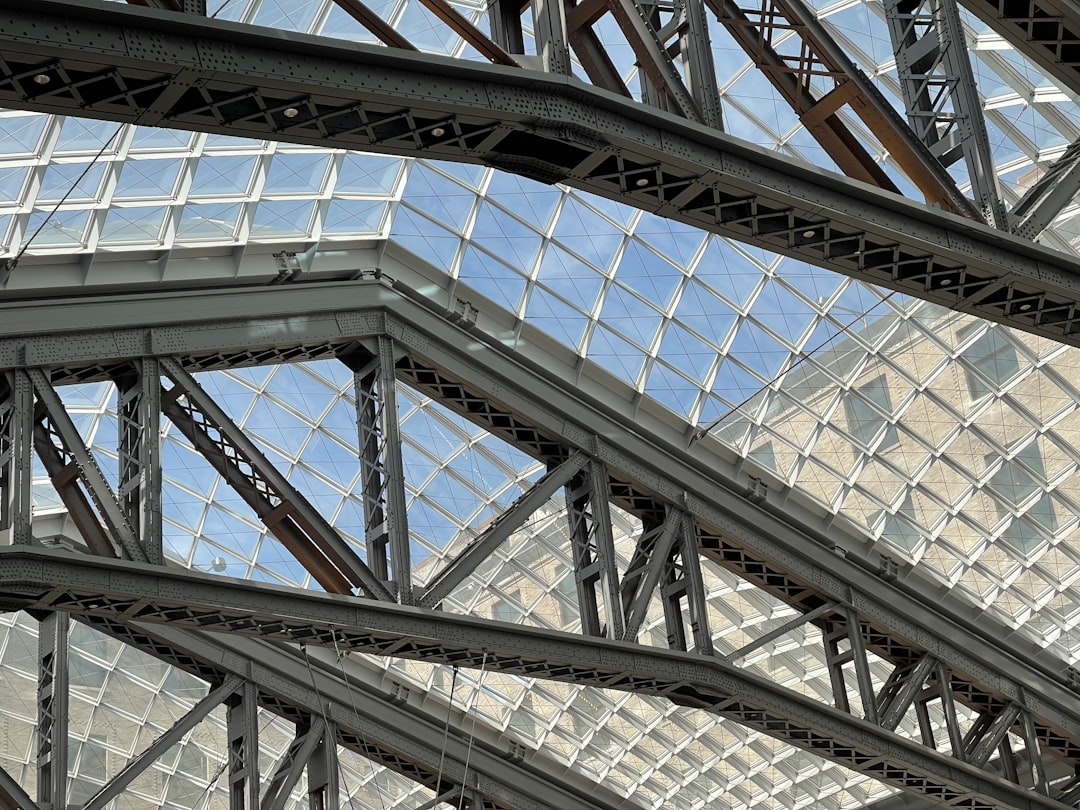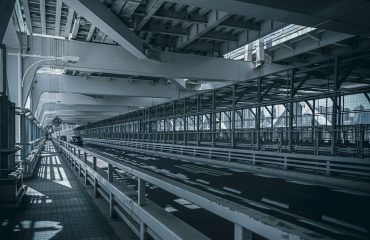Industrial steel frame projects are the backbone of modern manufacturing, warehousing, and logistics. Their strength, versatility, and cost-effectiveness make them the preferred choice for a wide range of large-scale constructions. This comprehensive guide delves into the intricacies of these projects, exploring everything from initial design considerations to the final stages of construction and beyond.
1. The Design and Engineering of Robust Steel Frames
The design phase is critical for the success of any industrial steel frame project. Detailed engineering calculations are essential to ensure the structure can withstand anticipated loads, including wind, snow, seismic activity, and the weight of equipment and materials. This involves sophisticated software simulations and rigorous analysis to optimize the design for strength, stability, and cost-effectiveness. Factors like the intended use of the building, local building codes, and environmental considerations all play a significant role in the design process. Experienced structural engineers are crucial in this phase, ensuring compliance with regulations and optimal structural performance. They will determine the size, shape, and grade of steel required for each component, minimizing material waste while maximizing structural integrity.
2. Fabrication: Precision Cutting and Assembly of Steel Components
Once the design is finalized, the fabrication process begins. This involves precise cutting, shaping, and welding of steel components in a controlled factory environment. Modern fabrication techniques utilize advanced technologies like CNC cutting and robotic welding, ensuring high accuracy and consistency. This controlled environment minimizes errors and ensures the components are manufactured to exact specifications, leading to faster and more efficient on-site construction. Quality control is paramount during fabrication, with rigorous inspections at each stage to guarantee the structural integrity of the finished components. Pre-fabrication also allows for better project management, as many components can be prepared in advance, reducing on-site construction time.
3. Erection: Lifting and Assembling the Steel Frame on Site
The erection phase involves the transportation and assembly of the pre-fabricated steel components on the construction site. This requires specialized heavy lifting equipment, such as cranes and forklifts, operated by skilled professionals. Safety is paramount during erection, with strict adherence to safety protocols and regulations. The process typically involves careful sequencing of component placement, ensuring accurate alignment and secure connections. Experienced crews are crucial for efficient and safe erection, minimizing downtime and potential risks. The use of advanced technologies, such as laser surveying and GPS-guided equipment, enhances accuracy and speeds up the process. Proper planning and coordination between different teams on-site are essential to ensure a smooth and efficient erection process.
4. Advantages of Industrial Steel Frame Construction
Industrial steel frame construction offers numerous advantages over traditional construction methods. Firstly, steel is incredibly strong and durable, allowing for the construction of large, open spaces with minimal internal supports. This maximizes usable floor space and flexibility for layout changes. Secondly, steel frames are relatively lightweight compared to concrete or masonry structures, reducing foundation costs and construction time. Thirdly, steel is highly recyclable, making it an environmentally friendly option. Fourthly, the pre-fabrication aspect significantly reduces construction time on-site, leading to faster project completion and reduced labor costs. Finally, steel frames are highly resistant to fire and pests, providing long-term durability and reduced maintenance costs.
5. Applications and Future Trends in Industrial Steel Frame Projects
Industrial steel frames are used in a vast array of applications, including warehouses, factories, distribution centers, shopping malls, and even large-scale agricultural structures. The versatility of steel allows for adaptation to specific project needs and requirements. Future trends in industrial steel frame projects include the increasing use of sustainable and high-performance steel, incorporating smart technologies for monitoring and management, and exploring innovative design solutions for increased efficiency and sustainability. The integration of Building Information Modeling (BIM) is becoming increasingly prevalent, allowing for better collaboration and optimized design. The adoption of modular construction techniques, where pre-fabricated sections are assembled on-site, is another emerging trend, further accelerating the construction process and enhancing efficiency.
In conclusion, industrial steel frame projects represent a robust and efficient approach to large-scale construction. Understanding the intricacies of design, fabrication, and erection is crucial for successful project delivery. The advantages of strength, durability, cost-effectiveness, and speed make them a preferred choice for a wide range of industrial applications, and ongoing innovations promise even greater efficiency and sustainability in the future.
SEO Tags:
industrial steel frame, steel structure construction, warehouse steel frame, industrial building design, steel fabrication




